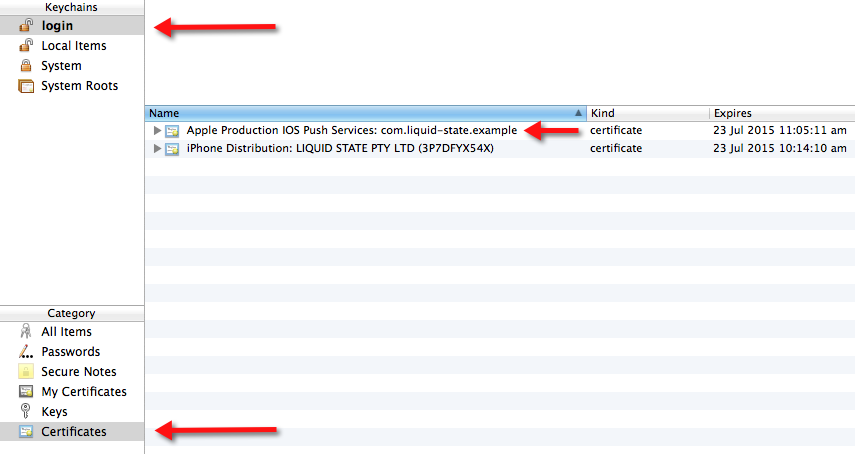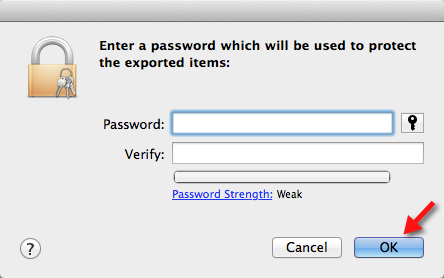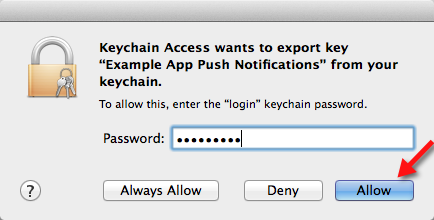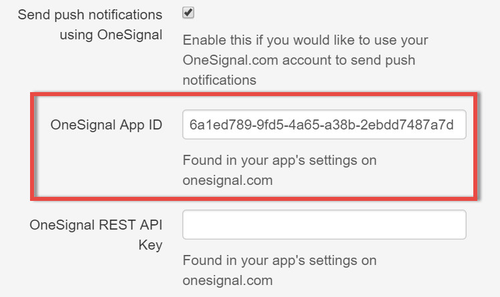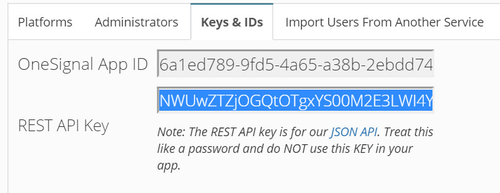| Anchor |
|---|
| Android: Setup for OneSignal |
|---|
| Android: Setup for OneSignal |
|---|
|
OneSignal also works on Android devices. Make sure you have followed the steps in Creating a OneSignal accountbefore completing the Android configuration. - Login to OneSignal.com
- Select your app entry
- Click App Settings along the left-hand tab

- Select Configure for Android push notification configuration

- Open Google Services Wizard to obtain your Google Server API Key. If you have a Google account, sign in. If not, create a Google account by following the prompts.
- Once signed-in, you will be taken to a screen to begin filling out your app details. Your App Name should match the app name in Ubiquity and OneSignal.

- Your Android Package Name is a reverse URL that looks something like this: com.android.app. Ubiquity (Liquid State Cloud) will generate an Android Package Name for you. You can obtain this from your account

- Copy and paste this Bundle ID back into Google Services Wizard and click Choose and configure services

- Google Services Wizard will prompt you to Enable Google Cloud Messaging, click the button and continue

- In the same window, Google Services Wizard will configure your Cloud Messaging and generate a Server API Key and a Sender ID. Leave this tab open or save the keys on your machine. You have completed all relevant parts of the process on Google Services Wizard.

- Open your Ubiquity (Liquid State Cloud) account and click on your app entry. Click on Configuration > Android > Push Notifications as shown below

- Select Send Push Notifications using OneSignal. This will allow you to send push notifications to your Android app.

- Copy ONLY the Sender ID into your account. Leave OneSignal ID and OneSignal REST API Key empty for the time being.
The Server API Key is used to authenticate your server when sending messages whilst the Sender ID identifies an app that is permitted to send messages to the client app.

- Navigate back to your OneSignal accountand click Configure under App Settings > Android

- Copy and paste the Server API Key that you generated in the Google Services Wizard and click Save

- Click Continue

- Select Android and click Next

- OneSignal will generate a unique App ID for your app. Copy this App ID.

- Back in Ubiquity, paste your App ID into the OneSignal App ID cell

- Back in OneSignal you can cancel the progress of your Android push notifications, all the relevant settings have been configured.

- Once you're back in the App Settings screen on OneSignal, click on Keys & IDs

- Copy the REST API Key.
Note: you're OneSignal App ID is also available here for future reference.

- Paste the REST API Key into your Ubiquity (Liquid State Cloud) account

- Click Save and Continue to complete your Android Push Notification configuration
You have now configured your Push Notifications for Android. View instructions for iOS OneSignal configuration or view How to Send Push Notifications. | 




